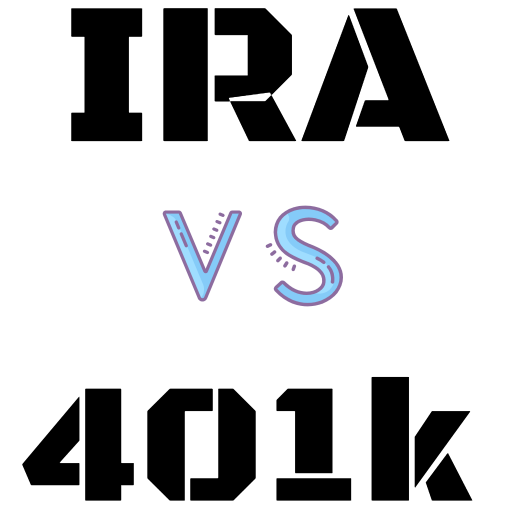
Financial advisors and professionals overwhelmingly support retirement security legislation pending in Congress.
Ninety-three percent favor the Securing a Strong Retirement Act (House) and Retirement Security and Savings Act (Senate), commonly referred to as SECURE Act 2.0, according to a survey by Nationwide Retirement Solutions. The same percentage agrees that the legislation’s features would financially benefit their clients.
More than three-fourths of financial professionals agreed that COVID-19 has led their clients to slow or stop contributions toward their retirement savings, and another 50 percent reported that the pandemic has negatively affected their clients’ financial security.
Financial professionals indicated that when the SECURE Act of 2019 passed, their clients:
- Updated their retirement plans (50 percent);
- Were able to save more in general (48 percent);
- Increased retirement account contributions (48 percent); and
- Increased their emergency savings (47 percent).
Today, they agree that many of the proposed components of SECURE Act 2.0 would make it even easier for their clients to save for retirement and get back on track toward their goals. In addition:
- Ninety-three percent believe allowing employers to match contributions under a 401(k) plan, 403(b) plan or Simple IRA while employees make student loan payments will increase their clients’ financial security.
- Eight in ten agree increasing the catch-up contribution limit for those 60-plus to $10,000 for retirement plans and $5,000 for simple IRAs will do the same.
- Similarly, 79 percent support increasing the Required Minimum Distribution age from 72 to 75 years old, and 78 percent agree adding ETFs as an investment option to variable annuities also would be financially beneficial for clients.
- Additionally, 93 percent of financial professionals are in favor of the proposed Saver’s Credit changes, which would simplify and increase tax incentives for low- and middle-income individuals saving for retirement, and 93 percent say it will promote healthy financial practices.
“The first SECURE Act legislation that passed in 2019 was a tremendous step forward in removing some of the obstacles people experience when saving for retirement,” said John Carter, president and COO of Nationwide Financial.
“SECURE Act 2.0 is a significant next step that will help many Americans take control of their financial futures. It’s great to see that advisors and financial professionals helping Americans prepare for retirement also see significant opportunities for their clients in the proposed legislation. We’re encouraged by the bipartisan support taking shape on Capitol Hill.”
READ MORE
